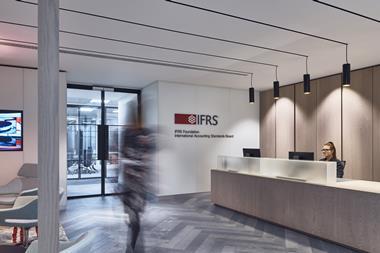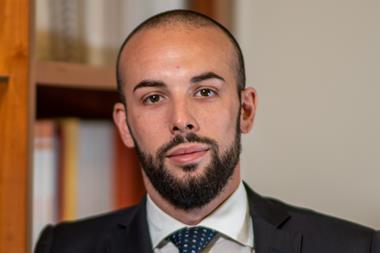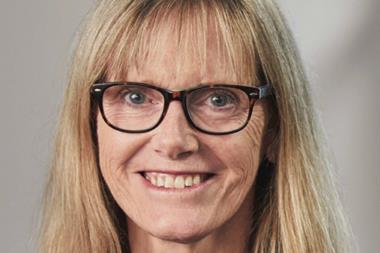The funding ratios of Swiss pension schemes plunged to 103.4% at the end of June from 118.5% at the end of 2021, with inflationary pressure, rising interest rates and geopolitical uncertainties causing losses for almost all asset classes, according to a report published yesterday by the Swiss occupational pension supervisory commission OAK BV.
The financial situation of Swiss pension funds has “deteriorated significantly” in the first half of 2022, according to OAK BV.
Not only inflationary pressure and interest rate increases, but also disruption of supply chains, the energy crisis, the war in Ukraine and the COVID-19 pandemic led to “strong market corrections” having a negative impact on the financial situation of Swiss pension funds, the regulator added.
The number of pension schemes currently underfunded in Switzerland has increased to 285 from 13 at the end of 2021, corresponding to a value of 39.9% of the pension funds weighted on capital, compared with 0.1% at the end of December last year.
Returns on invested assets of Swiss pension funds collapsed to on average -12.3 % in the first six months of 2022, from an average net return on invested assets of 8% in 2021.
OAK BV noted that the difference in terms of returns recorded in the last six months of the year, compared with 2021, shows how “quickly and radically” price slumps can have an impact on the financial situation of pension funds, at least in the short-term.
In the first half of this year losses hit equities (-17.4%), bonds (-10.1%), real estate (-9.5%) and alternative investments (-15.4%), while cash (-0.4%) and infrastructure (1.2%) contained the negative trend.
A large number of Swiss pension funds had to tap into reserves built to fend off market fluctuations to continue to guarantee their obligations in the first half of the year, it said.
OAK BV has analysed the data of 1,324 pension funds with total assets of close to CHF831bn (€838bn) as of the end of June. The report focused on pension schemes without a state guarantee.
The latest digital edition of IPE’s magazine is now available
















No comments yet